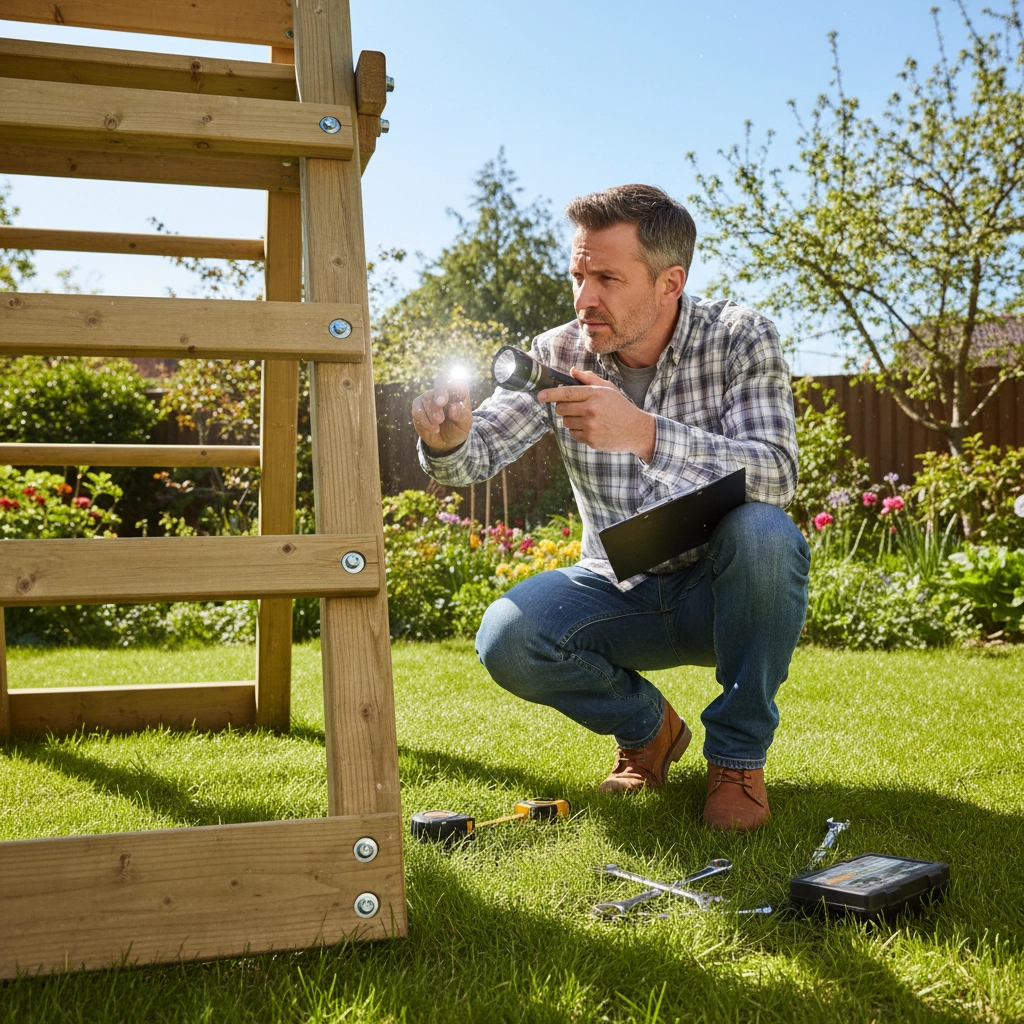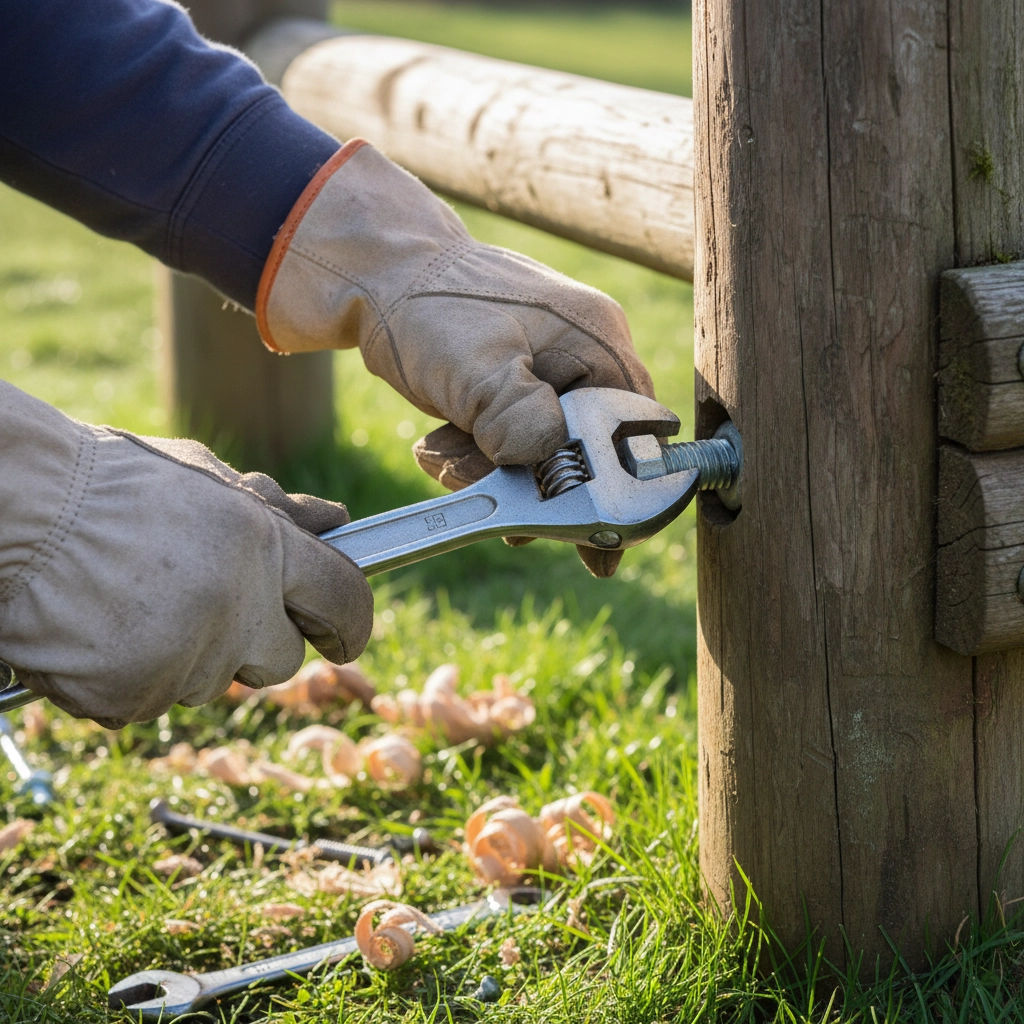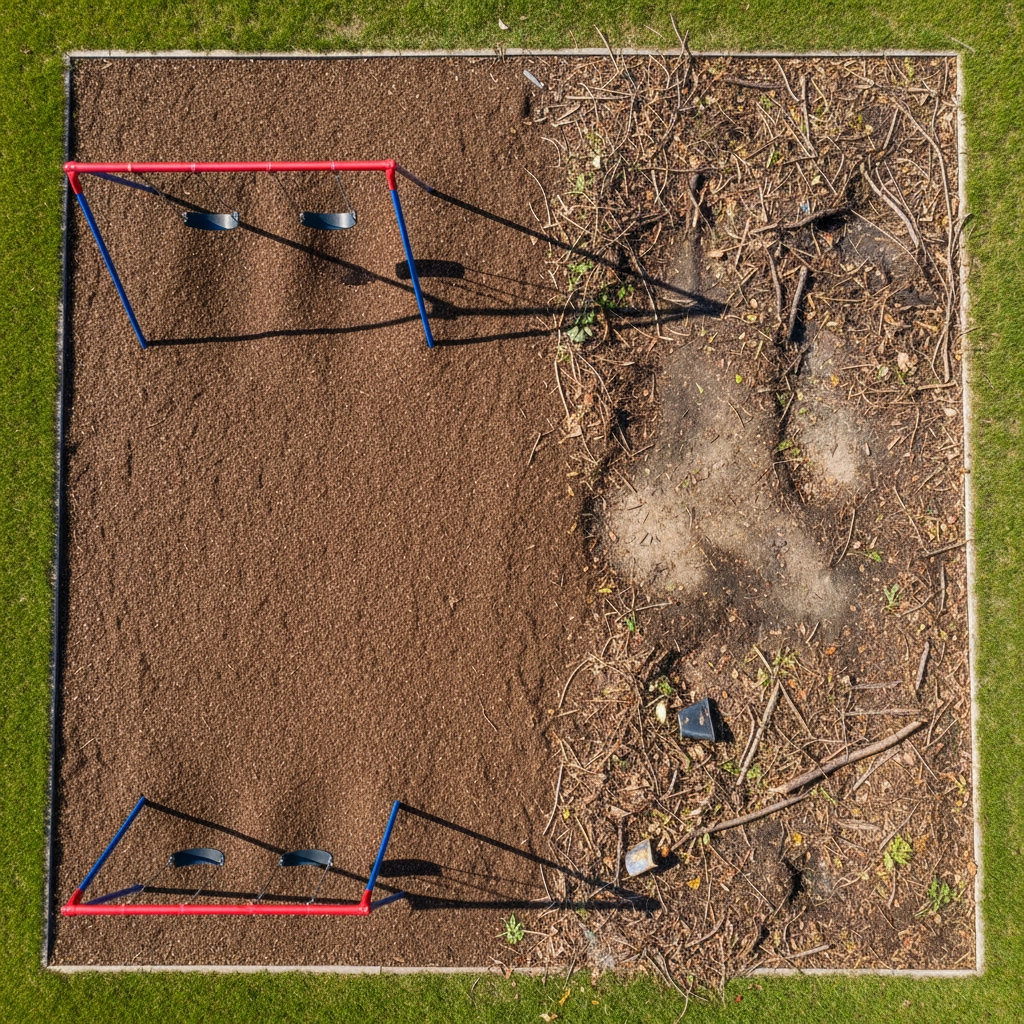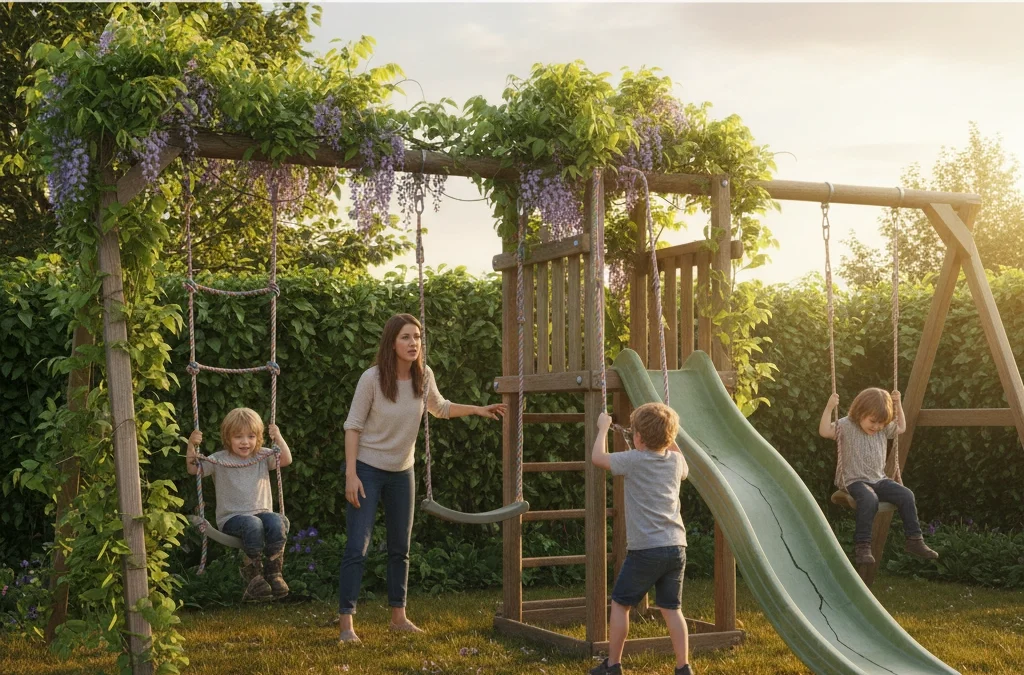Garden climbing frames offer tremendous benefits for children's physical development and outdoor play, yet many parents unknowingly make critical errors that compromise both safety and equipment longevity. Understanding these common mistakes and implementing proper solutions ensures families maximize their investment while providing safe, engaging play experiences for years to come.
Mistake 1: Allowing Age-Inappropriate Equipment Usage
Many parents permit children to use climbing equipment beyond their developmental capabilities. Preschoolers often lack the strength, coordination, and balance required for towering structures, yet they frequently attempt challenging features designed for older children. This mismatch between ability and equipment significantly increases fall risk and potential injuries.
The most effective solution involves matching activities to each child's developmental stage. Encourage preschoolers to use ground-level features, swings, and shorter slides while reserving climbing walls and monkey bars for school-aged children who still require adult supervision. Older children can gradually progress to more challenging activities with appropriate oversight, but parents must remain vigilant about age-appropriate usage guidelines.
Establishing clear rules about which equipment features each child may use prevents accidents and builds confidence through age-appropriate skill development. Consider posting visual guides or creating family rules that clearly outline which climbing frame features are suitable for different age groups.
Mistake 2: Neglecting Regular Maintenance and Safety Inspections
Parents frequently install climbing frames and then forget about ongoing maintenance requirements. This oversight leads to loose hardware, structural deterioration, and developing safety hazards that could easily be prevented through regular attention.
Establish a comprehensive inspection routine that includes checking all screws and bolts for tightness, examining hardware and brackets for rust, and verifying ground anchor stability. Inspect wooden components for splinters and structural defects, and assess ropes, nets, and accessories for fraying or damage. These inspections should occur at the beginning of each season and twice monthly during active use periods.

Document inspection findings and address issues immediately rather than postponing maintenance. Maintain proper tightness of all fixtures to prevent loosening over time, and replace any components showing signs of wear before they become safety hazards. Professional assembly services often provide maintenance guidelines specific to your climbing frame model.
Mistake 3: Inadequate Shock-Absorbing Surface Management
Parents consistently underestimate the importance of maintaining proper safety surfaces around climbing equipment. Compressed or inadequate shock-absorbing materials, debris accumulation, and holes beneath swing seats create unnecessary safety risks that could result in serious injuries during falls.
Regularly inspect and maintain the shock-absorbing surface under and around playground equipment. Remove leaves, debris, and foreign objects from the play area weekly during active use periods. Check that the surface material hasn't become overly compressed and loosen it when necessary to maintain proper impact absorption properties.
Fill any holes that develop, particularly those created under swing seats from repetitive foot contact. Ensure the safety surface extends adequately beyond the equipment's use zone and provides sufficient depth for proper protection. Different climbing frame features may require varying surface depths, so consult manufacturer guidelines for specific requirements.
Mistake 4: Ignoring Safety Standards and Additional Protection Features
Many parents focus exclusively on price and aesthetic appeal when selecting climbing frames, overlooking crucial safety certifications and additional protective features that significantly reduce accident risk.
Ensure climbing frames comply with relevant safety standards such as the European Standard for Play Equipment Safety (EN 1176). Verify equipment has been tested by reputable safety organizations and request documentation of compliance from manufacturers or retailers.
Consider investing in additional safety features including safety nets fitted underneath or alongside climbing areas, padding for bars and corners, and adequately enclosed platforms. These enhancements provide extra protection layers that can prevent serious injuries during falls or collisions.
Research manufacturers' safety records and customer feedback before making purchasing decisions. Professional installation services can provide guidance about which safety features offer the most value for your specific climbing frame configuration and family needs.
Mistake 5: Delayed Response to Wear and Tear Issues
Parents often notice signs of deterioration but delay addressing them, assuming minor issues aren't immediately dangerous. This procrastination leads to more serious structural problems and increased injury risk as small problems compound into major safety concerns.

Address maintenance issues promptly as they arise rather than waiting for convenient times. Apply exterior wood preservative periodically to prevent wood rot, but avoid paint that could create slippery surfaces during wet conditions. Sand down rough edges that develop over time using appropriate sanding materials to prevent splinter injuries.
Check slide attachments for gaps where clothing could become caught, as these present serious entanglement hazards. Inspect moving parts regularly for proper operation and lubricate as recommended by manufacturers. Replace worn components before they fail completely, as emergency repairs are typically more expensive and time-consuming than preventive maintenance.
Mistake 6: Overlooking Environmental Safety Hazards
Many parents focus exclusively on the climbing frame itself while ignoring surrounding environmental dangers that pose significant risks during play activities.
Regularly inspect the immediate surroundings of playground equipment for hazards such as overhanging branches, laundry lines, or loose materials that could interfere with safe play. Ensure adequate clearance around all moving parts, particularly swings and slides, to prevent collision injuries.
Maintain clear sight lines for proper supervision and remove any obstacles that might impede adult intervention during emergencies. Check for underground utilities, sprinkler systems, or other buried hazards that could be affected by ground anchoring systems.
Consider seasonal hazards such as ice formation on equipment surfaces, leaf accumulation that creates slippery conditions, or sun exposure that makes metal surfaces uncomfortably hot during summer months. Implement appropriate precautions for each seasonal challenge your climbing frame location presents.
Mistake 7: Improper Sandbox Maintenance When Applicable
Parents with climbing frames incorporating sandbox features often make critical errors in sand care that compromise both safety and hygiene. Solid covers trap moisture and promote mold growth, while inadequate protection allows animal contamination.
Use proper sandbox cover nets instead of solid covers, as these allow natural drainage while maintaining ventilation. Net systems keep sand fresh, dry, and odorless while preventing animals from using sandboxes inappropriately. The natural flushing action of rainwater combined with proper ventilation maintains sand quality more effectively than sealed systems.

Replace sand with fresh play sand when it becomes contaminated or develops unpleasant odors that cannot be eliminated through natural cleaning processes. Rely on natural sun, rain, and wind for ongoing sand maintenance, but supplement with manual cleaning when necessary to remove foreign objects or debris.
Regular sand maintenance prevents the development of bacterial growth that could cause illness and ensures children have clean, safe play surfaces for creative activities.
Creating Comprehensive Safety Protocols
Avoiding these common mistakes requires developing systematic approaches to climbing frame safety that encompass proper selection, professional installation, ongoing maintenance, and appropriate supervision strategies. Regular attention to these details ensures equipment provides years of safe, enjoyable play while minimizing inherent risks associated with outdoor play equipment.
Remember that falls, entanglement, collisions, and pinching injuries represent the primary risks associated with climbing frames. Preventive maintenance combined with appropriate supervision provides the most effective protection against these common accident types.
Professional installation and maintenance services can provide valuable expertise for families wanting to maximize safety while minimizing the time investment required for proper climbing frame care. These services often include regular inspection schedules and maintenance programs that ensure equipment remains safe and functional throughout its expected lifespan.
Implementing these solutions transforms potentially dangerous climbing frame mistakes into opportunities for enhanced safety, extended equipment life, and greater peace of mind for parents supervising outdoor play activities.


